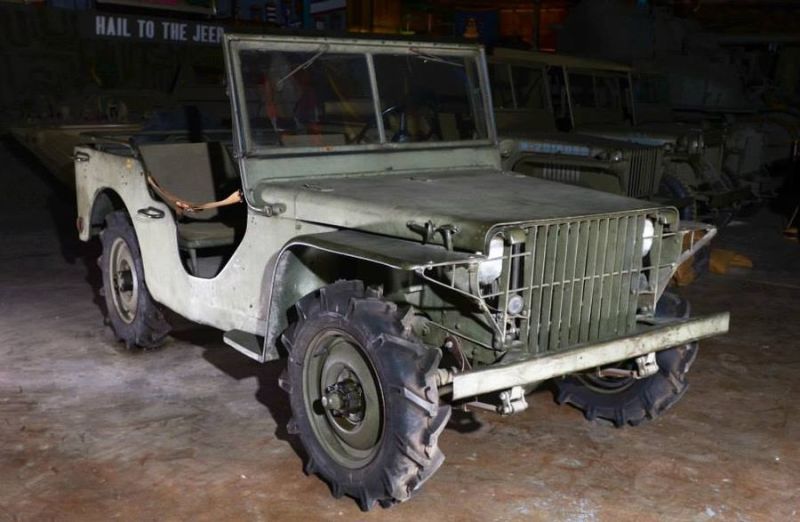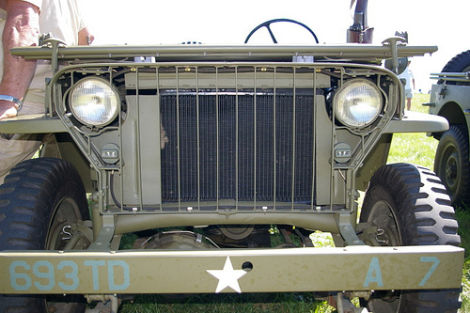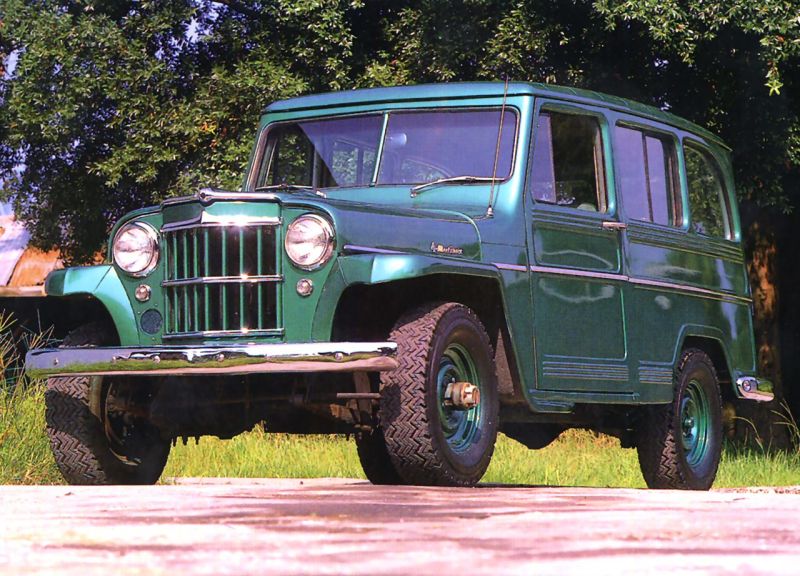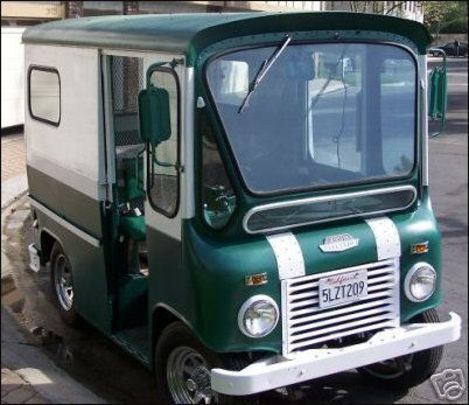I’ve written about the experience of owning and driving Jeeps along with a lengthy series on the mostly-forgotten history of Jeep trucks. In fact, pretty much everything automotive I’ve published here is about Jeeps, so why change things now?
I expected this to be a single post, but I realized there’s just too much history and too few hours in my day today, so you get to wait several weeks for the rest of the series. Merry Christmas!
(Warning: this draft sat around for more than a year, so it might be a while for the next one.)
(Expect quite a few links to my own content herein. You are morally obligated to read them all, of course, but fortunately for you most are just blurbs.)
Someone on Jalopnik once expressed surprise that David Tracy’s new XJ Cherokee had 8 slots instead of 7 in its grille[*]. Much to my chagrin I somehow had failed to notice this after many Jeep waves, but I pointed out that Jeep has a long history of grilles and quite a few did not have 7 slots.
(* In fact, both the XJ Cherokee and Comanche had 10 slots when they debuted, but I’m getting ahead of myself.)
The original Jeep, in fact, had a very different style of grille than anything we ordinarily associate with Jeeps, and for most of WWII Jeeps had 9 slots.
Even without diving into the debate over the etymology of “jeep” and its application to other vehicles before and after the entry of the U.S. into WWII, it’s not easy to agree on what the first Jeep actually was. It’s entirely reasonable to argue that the first Jeep wasn’t made by Willys or Ford, but rather Bantam.
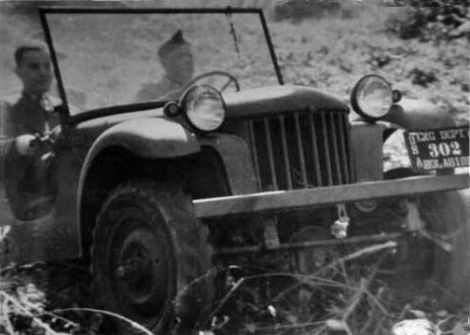
In the years before the war, Bantam tried to persuade the military that it could provide a reconnaissance vehicle. When a request for prototypes was issued, Bantam was the first to deliver something that was close to the specifications the army had asked for, but Willys and Ford were given Bantam’s plans and asked to create their own versions.
All of the prototypes (that I can find) and the earliest production Jeeps used similar grilles, but as the story has it, Henry Ford himself decided a simpler grille could be stamped out, and the famous 7-...er...9-slot grille entered the history books.
Willys recognized the Jeep’s commercial potential and started building the CJ (“Civilian Jeep”) models when it was clear that the war would end soon. They trademarked a 7-slot grille to distinguish it from Ford’s design.
Despite the trademark, Willys wasn’t content to use the same grille for all Jeeps.
The first Jeep that wasn’t directly derived from the MB was the Willys Jeep Station Wagon (commonly shortened to “Willys Wagon”) (also available as a “utility wagon” with four-wheel drive and a panel van, and in Brazil later to be reworked as the Ford F-75). It was followed soon after by the Jeep Truck.
Both the wagon and truck debuted with a flat, 10-slot grille strongly reminiscent of the CJ, but famous designer Brooks Stevens would soon arrive on the scene to shake things up.
The Willys-Overland Jeepster, launched in 1948, was a dramatic departure from any Jeep produced to that point. It had none of the rugged, off-road chops associated with Jeep, but it had style in spades, courtesy Stevens.
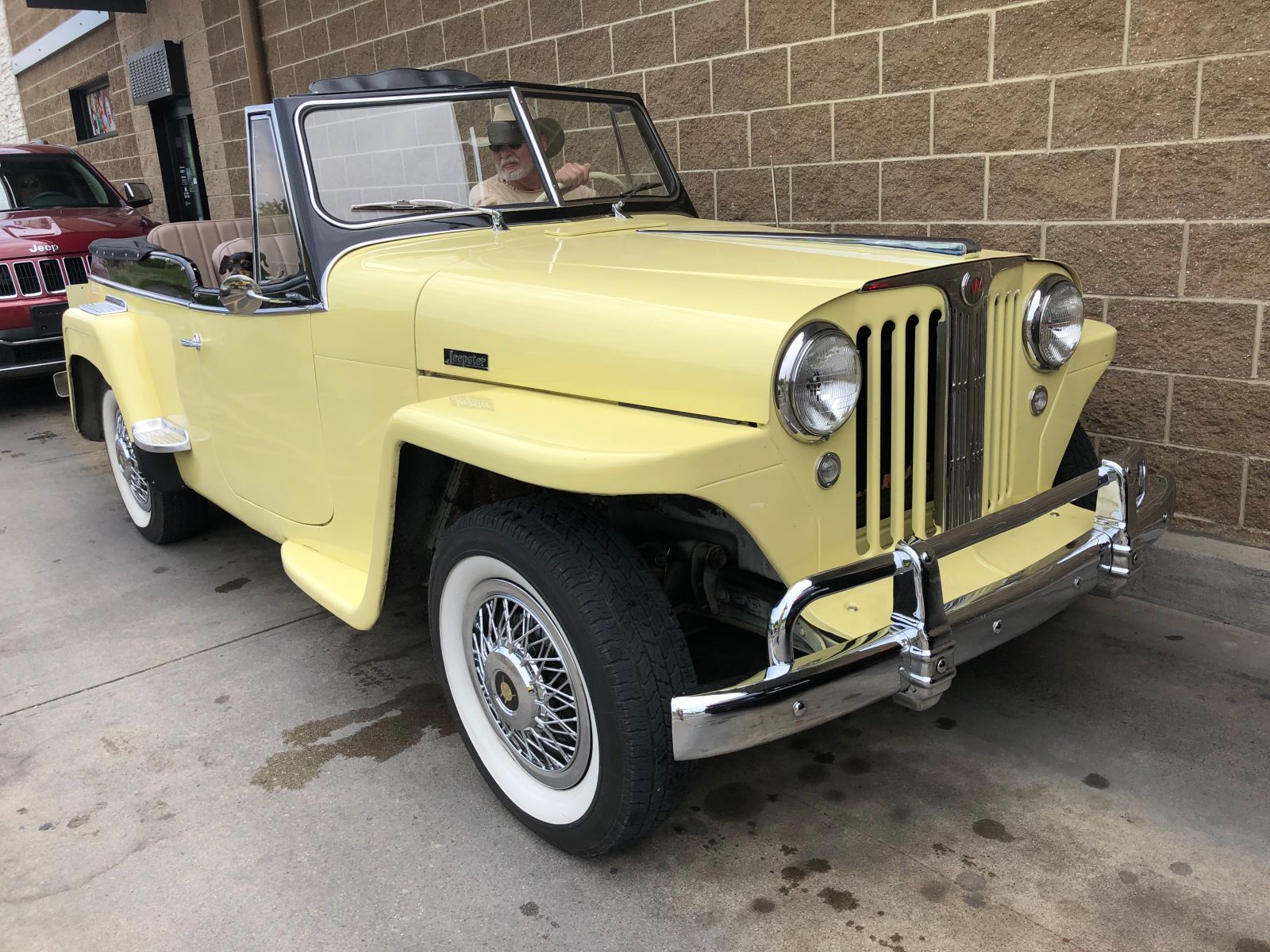
Among its stylistic choices was an angled front grille that would make its way to the Wagon and Truck.
After releasing the relatively luxurious Wagon and Jeepster, Jeep returned to its utilitarian roots in the mid-50s with the Jeep DJ and Forward Control trucks.

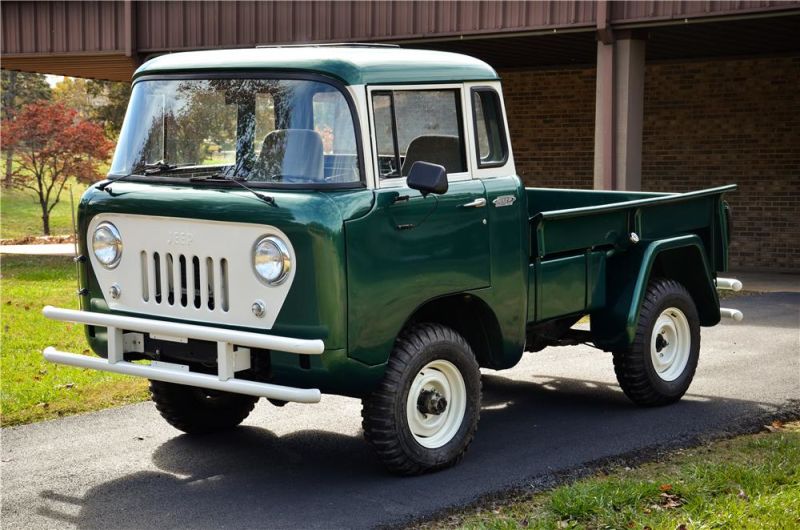
Related to the DJ is a Jeep that, no matter how many times I write about it, I always forget ever existed: the Jeep FJ Fleetvan, built from 1961-65, not to be confused with the Toyota FJ. I only remembered it for this piece because I have Wikipedia’s Jeep vehicle timeline in another display for reference.
The FJ seems to have had a different grille for vehicles built for the USPS (see this video for yet another variation), but most sported a more traditional 7-slot CJ grille.
The next article, if and when I get to it, takes us back to Brooks Stevens and into many more grille styles, ranging from plebeian to sublime. Hope to see you back here. Eventually.
